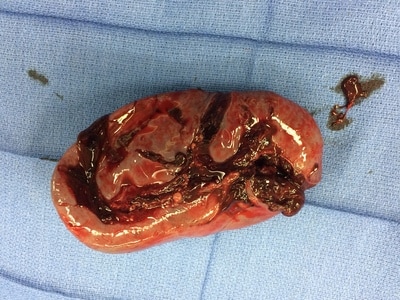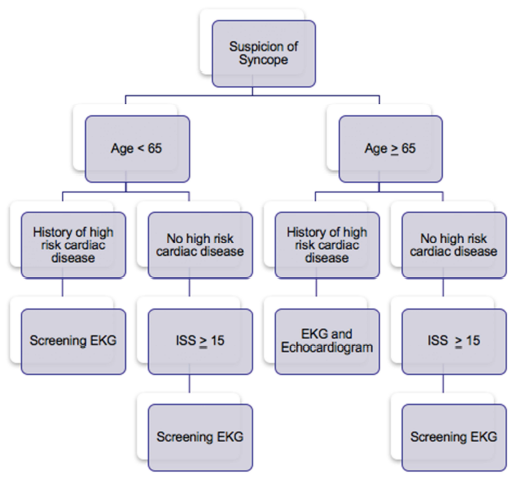Hypothermia is the enemy of all trauma patients. It takes their potential bleeding problems and makes them exponentially worse. From the time you strip off their clothes in the trauma resuscitation room, they begin to cool down. And if you live in Minnesota like me (or some similar fun place), they start chilling even before that.
What can you do in the trauma bay to help avoid this potential complication? Here are some of the possibilities, and what I think of them. And I’ll also provide a practical tip to help keep your patient warm while you can still do a full exam.

Outside
– Warming lights in the ambulance unloading area. I know lots of people look at this area and recommend them. Unfortunately, they don’t do a lot. Consider that your patient will move through this space quickly. While it may be cold, they’ll only spend a minute or so getting to the back door to the ED.
– How about the path from the helipad? If this is mostly outside, it can be a problem. If it’s wide open, there aren’t really a lot of options. Cover and heat it? Lots of $$$. Typically, flight crews working in winter climates have bundled up their patient very well, and this is the patient’s primary source of protection from the elements. If the pad is far away from the ED, consider a fancy golf cart to move them quickly, and perhaps get an even fancier one that has a heated enclosure.
Inside
– Heat the room! This only works on a moment’s notice if you have a smaller room or a really good heating system. Otherwise, you must keep it cranked it up at all times.
– Close the door! You will not be able to keep the room toasty unless you make sure the door is closed as much as possible. No doors? Then consider the next tips.
– Use radiant heating systems. Some EDs have lights in the ceiling, others have portable units that can be rolled over to your patient.
– Use hot fluids, especially in the winter. At a minimum, all blood products must be administered through a warmer, since they are only a few degrees above freezing. If it’s winter outside, or your patient is already cool, give all IV fluids through the warmer, too.
– Cover your patient. Keep a blanket warmer nearby, and pull several out at the beginning of each resuscitation.
– What about those fancy air blankets? Unfortunately, they are unwieldy. They’re all one piece, they try to fall of the patient all the time, and they limit access for your exam. But there is a solution!

Here’s a clever way to deal with this problem. Use my two-blanket trick. Don’t use just one warm sheet or blanket. Use two! Fold each one in half, so they are each half-length. Place one on the top half of the patient, the other at the bottom, overlapping slightly at the waist. Your whole patient is now covered and toasty. If you need to look at an extremity, fold the blanket that covers it over from right to left (or left to right) to uncover just the area of interest. To insert a urinary catheter, just open the area at the waist, moving the top sheet up a little, the bottom down a little. Voila!



